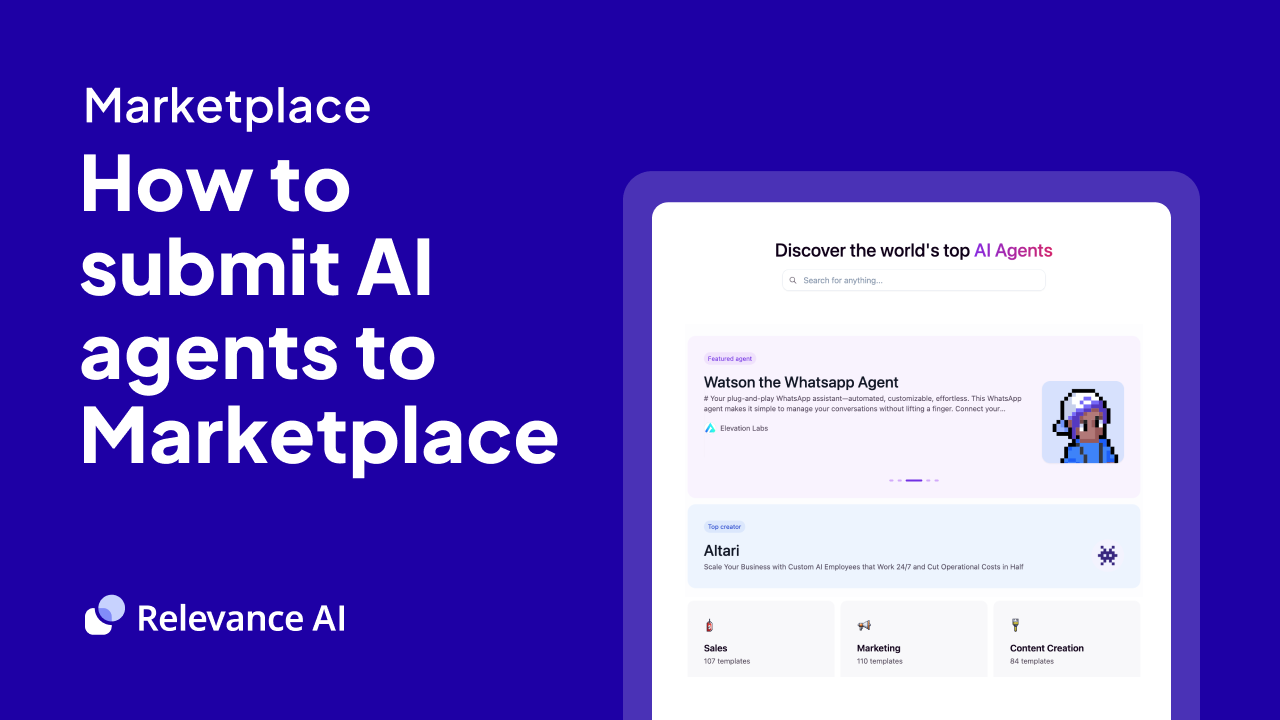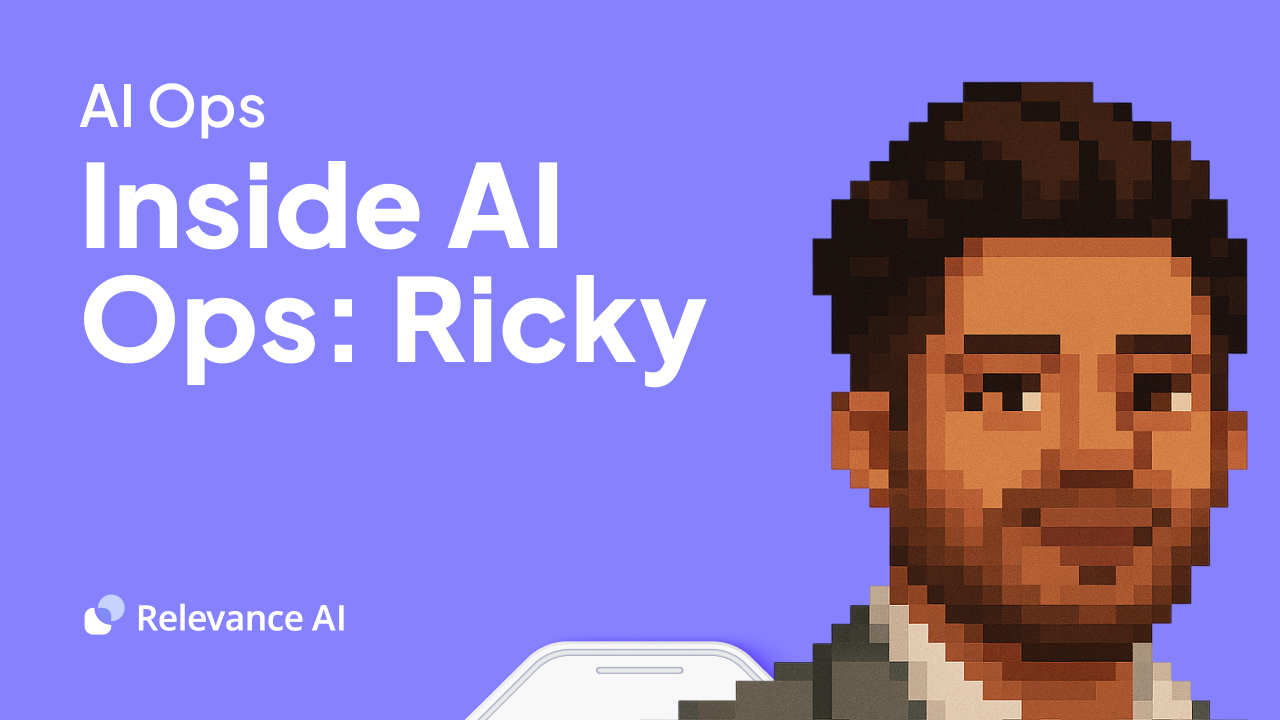Abstract
Understanding Abstract's AI Development Capabilities
Abstract represents a new generation of AI Agents that operate as sophisticated digital teammates in software development environments. Unlike traditional development tools, Abstract brings contextual intelligence to coding tasks, learning from existing codebases and adapting to team-specific development patterns. The system processes complex requirements and generates production-ready code while maintaining deep understanding of project architecture.
Key Features of Abstract
- Contextual code generation that aligns with existing project patterns
- Deep learning capabilities that improve with each interaction
- Automated testing and optimization suggestions
- Documentation generation and maintenance
- Pattern recognition across large codebases
- Real-time collaboration features for development teams

Benefits of AI Agents for Software Development
What would have been used before AI Agents?
Software development traditionally relied on static code libraries, rule-based automation scripts, and manual coding processes. Developers spent countless hours writing repetitive code, debugging issues, and maintaining documentation. Teams used basic IDE tools and command-line interfaces that required explicit instructions for every task.
What are the benefits of AI Agents?
AI Agents represent a fundamental shift in how software gets built. These digital teammates operate with contextual understanding, learning from codebases and adapting to development patterns. They excel at identifying edge cases, suggesting optimizations, and generating well-documented code that follows best practices.
The network effects are particularly powerful - as more developers interact with AI Agents, the systems become increasingly adept at understanding common patterns, architectural decisions, and potential pitfalls. This creates a flywheel of continuous improvement that scales across teams.
Key advantages include:
- Reduced cognitive load - AI Agents handle routine coding tasks while developers focus on system design and complex problem-solving
- Faster debugging cycles - Agents can analyze error patterns and suggest fixes based on similar issues they've encountered
- Improved code quality - Consistent application of best practices and automated test generation
- Knowledge preservation - AI Agents maintain deep understanding of codebases even as team members change
- Accelerated onboarding - New developers can leverage AI Agents to quickly understand existing systems and conventions
The most impactful benefit is the shift from developers writing every line of code to orchestrating AI Agents that handle implementation details. This multiplies developer productivity while maintaining high quality standards. The result is faster shipping cycles and more robust applications.
Potential Use Cases of Abstract AI Agents
Abstract AI agents operate as specialized digital teammates that excel at handling complex, multi-step processes while maintaining context across different tasks. These agents can transform how teams work by taking on sophisticated responsibilities that traditionally required significant human oversight.
Processes
- Data Analysis and Reporting: Abstract agents can continuously monitor multiple data sources, identify patterns, and generate comprehensive reports that combine insights from various platforms
- Project Management: Agents track milestones, dependencies, and resource allocation across teams while proactively flagging potential bottlenecks
- Customer Journey Mapping: Agents analyze customer interactions across touchpoints to build detailed journey maps and identify optimization opportunities
- Content Strategy Development: Agents evaluate content performance metrics, audience engagement patterns, and market trends to shape content roadmaps
Tasks
- Automated Research: Agents gather information from multiple sources, synthesize findings, and present structured insights
- Meeting Summaries: Agents process conversation transcripts, extract key points, decisions, and action items while maintaining context
- Process Documentation: Agents observe workflows, document steps, and create detailed standard operating procedures
- Knowledge Base Management: Agents maintain and update documentation, ensuring information stays current and accessible
- Competitive Analysis: Agents track competitor activities, market changes, and industry trends to provide strategic insights
Integration Capabilities
Abstract AI agents shine when connected to core business systems. They can pull data from CRMs, project management tools, and analytics platforms to deliver contextual insights. The agents learn from historical data and past interactions, continuously improving their ability to handle complex scenarios.
Strategic Impact
The real power of abstract AI agents emerges in their ability to handle interconnected processes that span multiple departments. They reduce cognitive load on teams by managing information flow and maintaining context across projects. This allows organizations to scale operations while maintaining quality and consistency.
Teams that effectively deploy abstract AI agents often see reduced coordination overhead and faster decision-making cycles. The agents serve as institutional memory, ensuring valuable context and insights aren't lost as teams evolve.

Industry Use Cases
Abstract AI agents are transforming how organizations operate at their core, moving far beyond basic automation into sophisticated problem-solving and decision support. These digital teammates excel at processing complex information patterns and delivering actionable insights across diverse business contexts.
The real power of abstract AI agents emerges when they're tailored to specific industry challenges. From healthcare providers using them to analyze patient data patterns to financial institutions deploying them for risk assessment, these agents adapt their capabilities to match unique sector requirements.
What makes abstract AI agents particularly compelling is their ability to work alongside human teams while handling the heavy cognitive lifting. They can process vast amounts of unstructured data, identify subtle patterns, and generate insights that augment human expertise rather than replace it. This collaborative dynamic creates a multiplier effect on productivity and innovation.
The following industry examples demonstrate how abstract AI agents are being implemented in real-world scenarios, delivering measurable impact while reshaping traditional approaches to complex business challenges.
Abstract AI Agents Transform Healthcare UX Design
Healthcare technology faces a critical challenge: designing interfaces that both medical professionals and patients can navigate intuitively. Abstract AI agents are transforming how healthcare UX teams tackle this complexity.
When healthcare software companies integrate Abstract AI agents into their design workflows, they gain the ability to rapidly analyze vast amounts of user interaction data. These digital teammates process everything from eye-tracking studies to click patterns across different user demographics - elderly patients, busy nurses, specialists jumping between multiple systems.
A concrete example: A major healthcare provider recently deployed an Abstract AI agent to optimize their patient portal design. The AI analyzed hundreds of user sessions, identifying specific points where both elderly patients and medical staff struggled with navigation. It then generated multiple UI variations that maintained HIPAA compliance while reducing cognitive load.
The results were striking. The AI-enhanced design process cut the average time for common tasks like prescription refills by 48%. More importantly, it reduced user errors in critical areas like medication scheduling by 67%. For healthcare interfaces where mistakes can have serious consequences, this level of optimization makes a tangible difference in patient care.
Beyond pure interface optimization, these AI agents serve as institutional knowledge banks. They maintain detailed records of design decisions, regulatory requirements, and user feedback - creating a continuous learning system that improves with each iteration. This is particularly valuable in healthcare, where design teams must balance innovation with strict compliance requirements.
The shift toward AI-enhanced healthcare UX design isn't just about efficiency - it's about creating interfaces that fade into the background, letting healthcare professionals focus on what matters most: patient care.
Abstract AI Agents Transform E-commerce Design Strategy
E-commerce design teams face a unique paradox - they need to create interfaces that feel fresh and engaging while maintaining the familiarity that drives conversions. Abstract AI agents are fundamentally changing how these teams approach this challenge.
The most compelling shift happens in the rapid testing phase. Traditional A/B testing might compare two or three variants over weeks. Abstract AI agents can analyze thousands of micro-variations in real-time, measuring everything from color psychology to button placement impact on different customer segments.
Take the case of a mid-sized fashion retailer that integrated Abstract AI agents into their design workflows. The AI didn't just suggest surface-level changes - it identified precise patterns in how different customer demographics navigated product categories. Gen Z users showed distinct scrolling patterns compared to Millennial shoppers, leading to dynamic interface adjustments based on user behavior.
The numbers tell the story: The AI-optimized design process led to a 34% increase in product discovery and a 28% reduction in cart abandonment. But the real breakthrough came from the AI's ability to predict seasonal buying patterns and automatically adjust the interface to highlight relevant categories - winter wear prominence increasing precisely as regional temperatures dropped.
These digital teammates also solve one of e-commerce's biggest design challenges: maintaining consistency across hundreds of product pages while adapting to individual user preferences. The AI continuously monitors user engagement patterns, making subtle adjustments to layout, image placement, and call-to-action positioning based on real user behavior.
The most sophisticated implementations go beyond simple optimization. They create learning loops where each customer interaction feeds back into the design system, creating increasingly personalized shopping experiences that still feel cohesive with the brand's overall aesthetic.
This shift represents a fundamental evolution in e-commerce design - moving from static, one-size-fits-all interfaces to dynamic, learning systems that adapt to user behavior while maintaining brand integrity.

Considerations and Challenges
Implementing abstract AI agents requires careful navigation of both technical and organizational hurdles. The complexity stems from their flexible, generalized nature - they need to handle diverse tasks without being constrained to specific domains.
Technical Challenges
Abstract AI agents face significant technical barriers around context understanding and knowledge boundaries. Unlike specialized agents, they must parse ambiguous instructions and determine appropriate actions across multiple domains. This leads to several key challenges:
- Context switching costs between different types of tasks
- Maintaining consistent performance across varied domains
- Managing computational resources with unpredictable workloads
- Handling edge cases that fall between typical use patterns
Operational Challenges
The organizational impact of abstract AI agents creates another layer of complexity. Teams need to consider:
- Training requirements for employees working alongside abstract agents
- Setting realistic expectations about agent capabilities
- Establishing clear boundaries for agent autonomy
- Creating feedback loops for continuous improvement
Integration Considerations
Successfully deploying abstract AI agents demands thoughtful system integration. Critical factors include:
- API compatibility with existing tools and platforms
- Data privacy and security protocols
- Scalability planning for increased workloads
- Monitoring and logging systems for performance tracking
Organizations often underestimate the complexity of managing abstract AI agents. While their flexibility offers significant advantages, it also introduces unique challenges that require careful planning and ongoing optimization.
The Future of Human-AI Development Collaboration
The integration of AI Agents into software development marks a fundamental shift in how teams build and maintain code. These digital teammates multiply developer productivity while maintaining high quality standards through consistent pattern recognition and automated optimization. As AI Agent technology continues to evolve, organizations that effectively leverage these tools gain significant competitive advantages through faster development cycles and more robust applications. The key to success lies in understanding both the capabilities and limitations of AI Agents, while creating frameworks for effective human-AI collaboration.











